
Need to create tech pack for your fashion designs? This guide will show you how to compile a comprehensive tech pack that clearly communicates your design specifications to manufacturers, ensuring your vision is accurately brought to life with minimal errors.
Key Takeaways
- A well-crafted tech pack is essential for seamless communication between designers and manufacturers, minimizing production errors and misunderstandings.
- Key components like Bill of Materials, color specifications, and measurement details are crucial in ensuring garment quality and fit, facilitating efficient production.
- Using professional tools and standardized templates can streamline the tech pack creation process, saving time and enhancing accuracy in design specifications.
Understanding Tech Packs
A clothing tech pack is a document outlining design specifications for garment production. Think of it as a comprehensive blueprint that encapsulates all design and technical attributes essential for creating a garment. It serves as a detailed guide for manufacturers, outlining how to produce a garment efficiently and accurately. A clear and detailed tech pack ensures that the designer’s vision is accurately translated into the final product, minimizing errors and production delays.
The primary reason for needing a tech pack is that it is an essential asset for approaching manufacturers. Creating a tech pack is a crucial skill for designers, helping ensure that samples and production meet the desired specifications. Without a well-crafted tech pack, the risk of misunderstandings and production errors increases, potentially leading to costly mistakes and wasted resources.
Why Tech Packs are Essential
Tech packs are vital for minimizing production errors and expediting the manufacturing process by clearly defining garment specifications. They serve as a quality control reference, allowing for precise checks against garment specifications during the production process. This level of detail ensures that the final product matches the designer’s vision, maintaining high standards of quality and consistency.
Moreover, effective communication through a tech pack generally minimizes misunderstandings between designers and manufacturers. Clear communication is fundamental; outlining expectations regarding actual time, quality standards, and deliverables at the onset is essential.
Regular updates and specific details in tech packs help ensure both parties remain aligned, reducing the likelihood of misunderstandings. Building a strong relationship with manufacturers and businesses can lead to better pricing and lower error rates, ultimately saving costs.
Key Components of a Tech Pack
Creating a tech pack involves assembling a detailed roadmap that ensures both designers and manufacturers share a clear understanding of the product being created. Each component of the tech pack plays a crucial role in ensuring proper garment fit and calculating material costs. The final checklist to create a tech pack should include introductory images or sketches, MOQ, fabric information, colors with Pantone codes, specifications for printing and embroidery, seam-to-seam measurements, care labels, brand labels, and swing tags.
Introducing the key components of a tech pack sets the stage for a deeper dive into each element. From design sketches and technical drawings to the Bill of Materials (BOM) and color specifications, each section will explore the importance of these components in creating a detailed and effective tech pack.
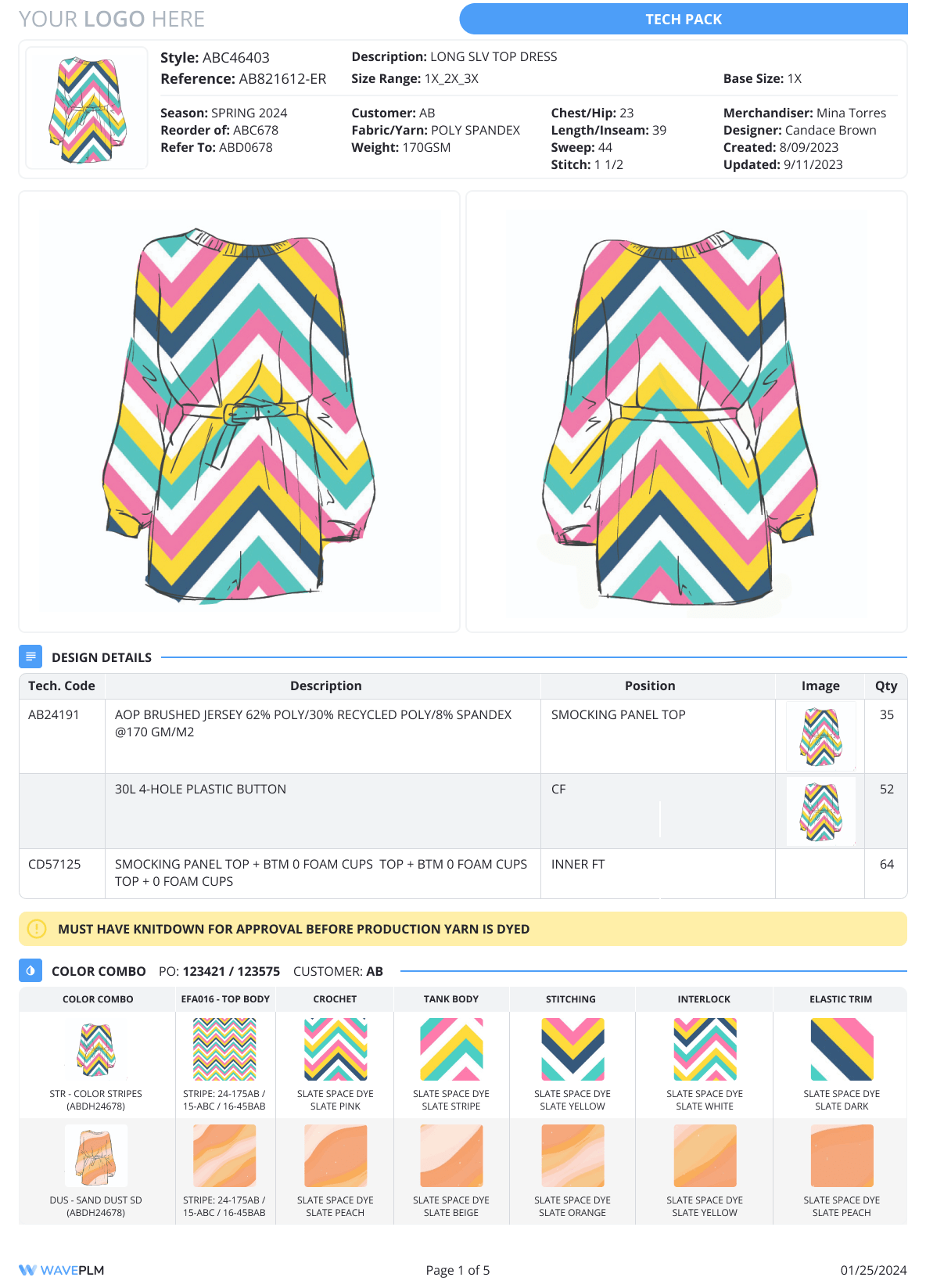
Design Sketches and Technical Drawings
Using artistic sketches instead of precise technical drawings can create confusion about design details, impacting the final product quality. Flat sketch technical sketches with construction details and closeups of garment features should be included in the tech pack. These sketches provide a clear visual reference for manufacturers, ensuring that they understand the designer’s intentions and can accurately produce the garment, including the technical details. The sketch serves as a vital component in this process.
Adobe Illustrator is the best software for developing technical drawings of clothing. This tool allows designers to create detailed and precise technical sketches that clearly communicate the design details. By including comprehensive technical sketches, designers can ensure that their vision is accurately translated into the final product, reducing the risk of production errors and ensuring high-quality outcomes.
Bill of Materials (BOM)
The Bill of Materials (BOM) in a tech pack serves to list every component needed for garment production. A comprehensive BOM should include all necessary materials such as fabrics, threads, buttons, zippers, and other functional materials. Neglecting to specify fabric details in a tech pack can compromise the quality and performance of the final garment.
Enhancing the BOM with pictures of materials and detailed descriptions can significantly improve clarity for manufacturers. A detailed BOM ensures that manufacturers have all the necessary information to source the correct materials and produce the garment to the desired specifications, preventing misunderstandings and ensuring the final product meets expectations.
Color Specifications and Pantone Codes
Accurate color representation is critical in tech packs, and Pantone Codes provide a standardized way to achieve color consistency. Including the name of the color alongside its Pantone Code ensures accurate color matching in the final product.
Adhering to Pantone Codes helps maintain color consistency across different production runs, ensuring that the final garments are producing the intended design.
Measurement Specs and Grading
Measurement specification sheets detail the specific dimensions of garment parts, which are vital for ensuring the correct fit across sizes. These specifications should include key dimensions such as body length, waist, and hips. A frequent error in tech pack creation is providing vague or incomplete measurement specifications, which can lead to poor fitting garments.
Grading specifications must be clear to ensure sizing consistency across different garment sizes. Using labeled diagrams for points of measure can significantly reduce the back-and-forth communication with manufacturers. A well-crafted tech pack can significantly enhance the fit quality of garments by enabling accurate comparisons of sample measurements to specifications.
Brand Identity Elements
Brand identity reinforces recognition and emotional connection with the target audience. Branded elements such as labels, hang tags, and packaging convey the fashion brands’ unique identity and help build a strong brand presence in the fashion industry.
Detailing the design, placement, and specifications of labels and swing tags in your tech pack ensures consistency and reinforces the brand’s identity across all products.
Step-by-Step Guide to Creating a Tech Pack
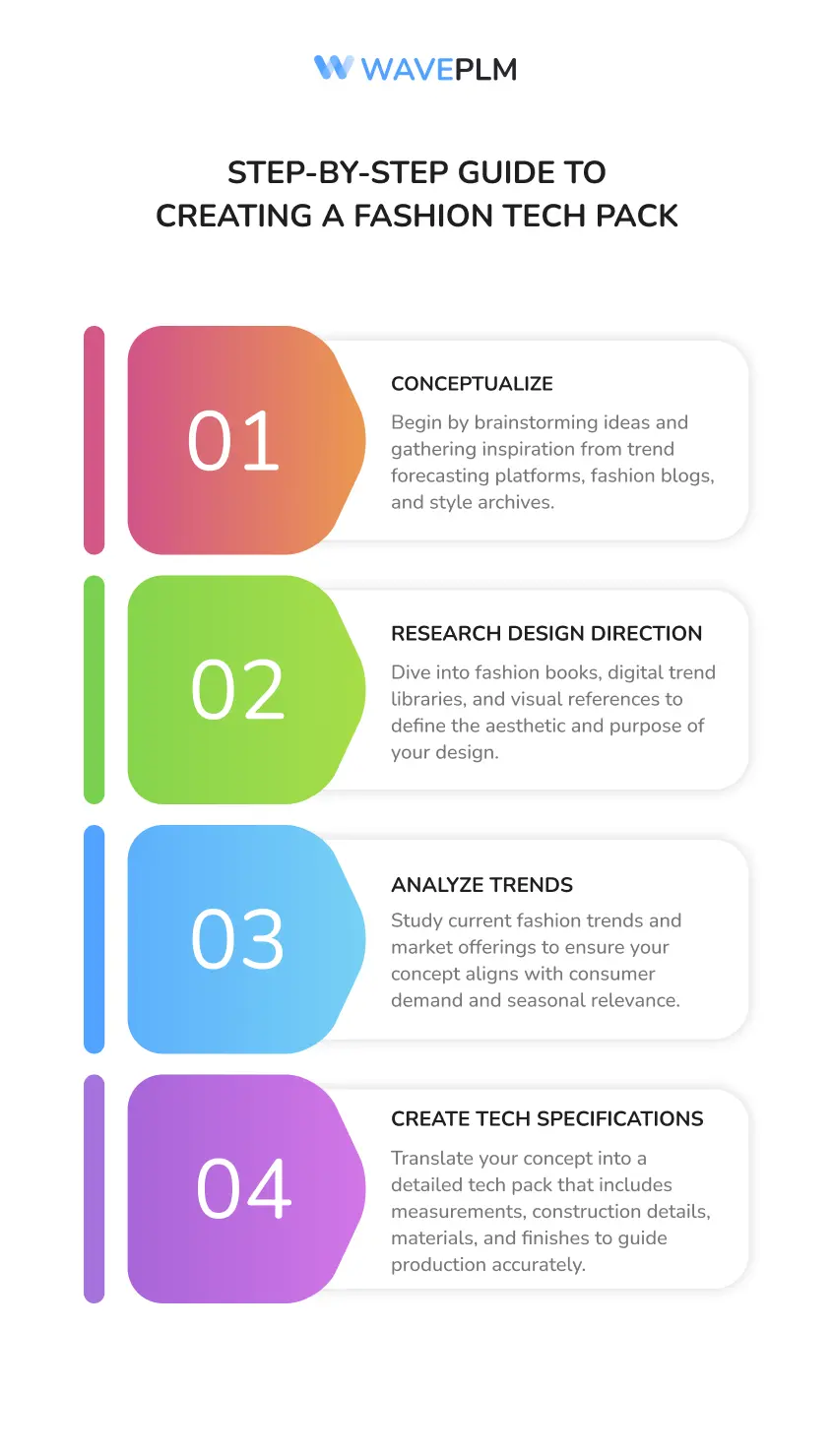
Creating a tech pack is a crucial part of the fashion design development process. The process involves defining each item included in tech packs, ensuring that all necessary components are included. This guide will break down each stage of the process, from starting with your design concept to finalizing with a checklist.
By following this step-by-step guide, designers can create an accurate and complete fashion tech pack with examples and annotations. This approach ensures that all essential specifications are communicated clearly, reducing the risk of production errors and ensuring high-quality outcomes.
Start with Your Design Concept
Start by listing some forbidden forms of the keyword “fashion designer” according to the rule 5. Begin with visual presentations of designs to effectively communicate intention to manufacturers. Including sketches or inspired photographs provides a visual reference for designs and gives manufacturers an idea of the end product. Flat sketches showing the fashion designer’s design from multiple perspectives aid in accurate garment construction.
Starting with a clear design concept helps set the foundation for the rest of the tech pack. Detailed visual references help communicate the designer’s vision to manufacturers, reducing the risk of misunderstandings and production errors.
Define Your MOQ
Minimum Order Quantities (MOQs) refer to the minimum number of units a manufacturer requires to initiate an order. Failing to consider the manufacturer’s production capabilities can result in unrealistic expectations and delays during garment production.
Consolidating orders across multiple styles can help meet MOQs while providing flexibility in bulk production.
List Your Fabrics and Materials
A well-defined Bill of Materials (BOM) helps establish costs, ensuring that factories have access to all necessary materials for production. Include information regarding desired fabric choices to guide manufacturers on the specific types of fabrics required. Compiling a comprehensive list of fabrics and materials aids in seamless communication and efficient production processes.
A detailed BOM ensures that manufacturers have all the necessary information to source the correct materials and produce the garment to the desired specifications, preventing misunderstandings and ensuring the final product meets expectations.
Specify Your Colors
Colors should be documented using Pantone Codes to ensure precise color matching during production. Including Pantone codes in a tech pack provides precise color specifications that help maintain consistency in production.
Exact position of the artwork and its dimensions should be specified for embroidery in the tech pack.
Include Accurate Measurements
Specifying correct seam-to-seam measurements for each article of clothing ensures the fit of the garment will be correct. Graded spec templates ensure proper garment sizing across all sizes, and using spreadsheets allows for necessary math calculations. If new samples are needed for changes in measurements, create new samples from the new measurements.
The Spot for Proto Comments section in a tech pack is essential to measure the proto against graded specs and comment on fit and construction. Accurate measurements and clear grading specifications ensure that garments fit correctly and meet desired quality standards.
Detail Your Brand Identity
Including branded labels and swing tags is vital as they convey additional costs, design details, and placement on garments. Key brand identity elements to include in a tech pack are care labels, brand labels, and swing tags.
When documenting brand labels and swing tags, details such as design, dimensions, positioning, fabric, color, and style image should be outlined.
Finalize with a Checklist
A final checklist ensures all important elements like images, MOQs, fabric details, colors, measurements, and branding are included in the tech pack file, along with the spec sheet. Spreadsheet software facilitates easy updates and collaboration when managing tech pack data.
Creating a final sample checklist helps streamline the review process by clarifying team responsibilities and ensuring all tasks are completed efficiently.
Tools and Templates for Tech Packs
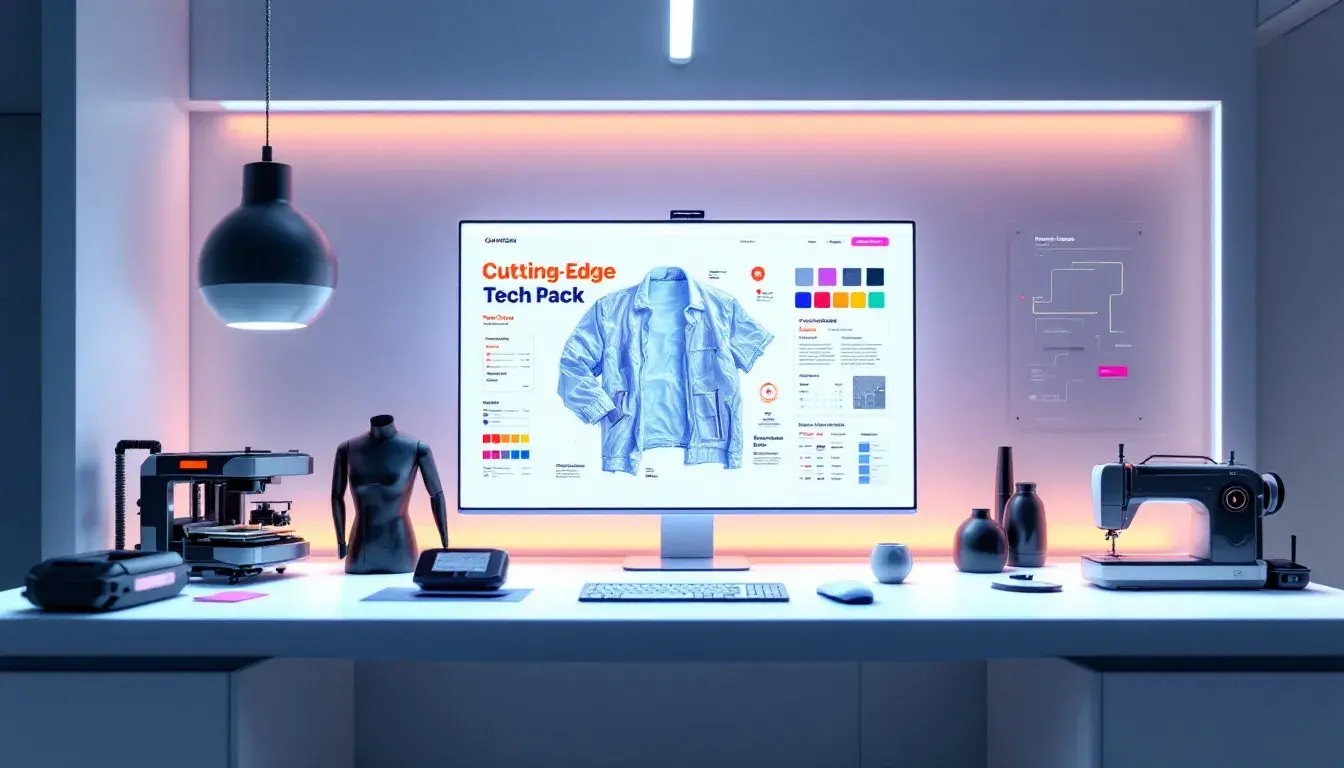
Adobe Illustrator, CLO3D, Style3D, Excel, and PLM software like Wave PLM are commonly used tools for creating fashion tech packs. Using professional tools and templates is essential for ensuring the accuracy and clarity of tech packs, leading to improved production outcomes. By leveraging these tools, designers can streamline the tech pack creation process and ensure that all necessary details are included.
Incorporating Adobe Illustrator
Adobe Illustrator allows for precise detailing in technical sketches, crucial for garment representation. This tool is essential for fashion designers looking to create detailed technical sketches. Incorporating Adobe Illustrator into the tech pack creation process enhances the visual appeal and accuracy of tech packs.
Practical Tips for New Designers
For new designers, creating effective tech packs can be a daunting task. Incorporating existing garment photos can enhance clarity in tech packs, making complex constructions easier to understand. Clarity in tech packs is essential for effective communication with manufacturers and achieving desired production outcomes.
Clear visuals in tech packs not only help convey design intentions but also assist manufacturers in understanding intricate details.
Common Mistakes to Avoid
Including critical details only in one section of the tech pack prevents confusion and reduces the chance of errors. Additionally, incorporating images of materials in the BOM can enhance clarity and assist in quality control during manufacturing to cover all necessary aspects.
Avoiding these common mistakes helps designers create more effective tech packs in less time, minimizing the worry of production errors and ensuring high-quality outcomes.
Time-Saving Strategies
Using available tools and templates can significantly reduce the time required to easily create tech packs, as they provide a structured format for essential information to save time. Free editable tech pack templates make it convenient for designers to customize their documents without starting from scratch.
Utilizing Google Sheets and Excel allows for better organization and easy adjustments in tech pack data, promoting faster updates at the early stages. Incorporating Adobe Illustrator can aid in creating detailed technical sketches quickly, enhancing the visual appeal of tech packs.
Being aware of common mistakes in tech pack creation can help designers avoid costly revisions. Employing a well-structured process for creating tech packs and consistently reviewing each stage ensures time efficiency and reduces the likelihood of errors.
Approaching Clothing Manufacturers
Approaching clothing manufacturers with a well-prepared tech pack can significantly enhance communication and streamline the production process. A well-structured tech pack improves communication between designers and manufacturers, reducing the likelihood of misunderstandings during production.
Using customizable tech pack templates can enhance communication clarity with manufacturers. Effective presentation of your tech pack can streamline discussions with manufacturers and facilitate more accurate production outcomes.
Clear Communication
Clear communication with manufacturers is crucial to ensure accurate production and maintain quality throughout the manufacturing process. Incorporating brand elements such as labels and swing tags in a tech pack reinforces brand identity and ensures consistency in branding throughout the production.
Including Minimum Order Quantities (MOQs) in a tech pack is essential because manufacturers need to identify options and assess order feasibility. By documenting brand elements clearly, designers can ensure a cohesive representation of the brand across all garments.
Negotiating Costs and MOQs
Understanding the manufacturer’s minimum order quantities (MOQs) is essential for negotiating production costs effectively in the factory. Defining MOQs allows designers to plan their budgets more accurately, making it easier to negotiate with manufacturers for the best possible cost of production.
Understanding and defining MOQs helps manufacturers assess order feasibility and operational efficiency.
Summary
In conclusion, creating a detailed and effective tech pack is essential for any fashion designer looking to produce high-quality garments. From understanding the basics of tech packs and their essential components to following a step-by-step guide and utilizing practical tools and templates, this comprehensive guide has provided you with the knowledge and tools to create your own tech pack. By ensuring clear communication with manufacturers and avoiding common mistakes, designers can streamline the production process, minimize errors, and achieve the desired production outcomes. Now, it’s time to put this knowledge into practice and create tech packs that bring your fashion designs to life.
Frequently Asked Questions
What is a tech pack?
A tech pack is essential for ensuring your garment production runs smoothly, as it details all design specifications for manufacturers. By creating a thorough tech pack, you empower your vision and streamline the production process!
Why are tech packs essential for fashion designers?
Tech packs are essential for fashion designers because they minimize production errors and improve communication with manufacturers, leading to a smoother and faster manufacturing process. Embrace tech packs to elevate your designs and streamline your production!
What should be included in a tech pack?
To create a successful tech pack, be sure to include design sketches, a Bill of Materials, color specifications with Pantone codes, measurement specs, grading details, and brand identity elements. This comprehensive approach ensures clear communication and aligns everyone involved in the project!
How can new designers create effective tech packs?
To create effective tech packs, leverage free editable templates and ensure your visuals are clear and well-organized. Staying structured in your approach will empower your designs to stand out!
How do tech packs help in negotiating with manufacturers?
Tech packs are essential tools that clearly outline your product specifications, making negotiations with manufacturers smoother and more effective. By providing accurate details, they help you communicate expectations and assess costs, ensuring you get the best deal possible.

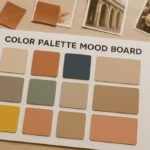
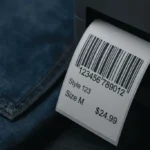


Leave a Reply